noun
a person (or organisation) thinking and acting in an independent way.
Behaving differently from the expected or usual way.
U.S. - a calf that has not been branded by its owner.
We nail down the essence and positioning of challenger brands.
We also help them steal market share and attract talent with well-considered messaging.
We do both rather quickly and rather well.
Because that’s all we do.

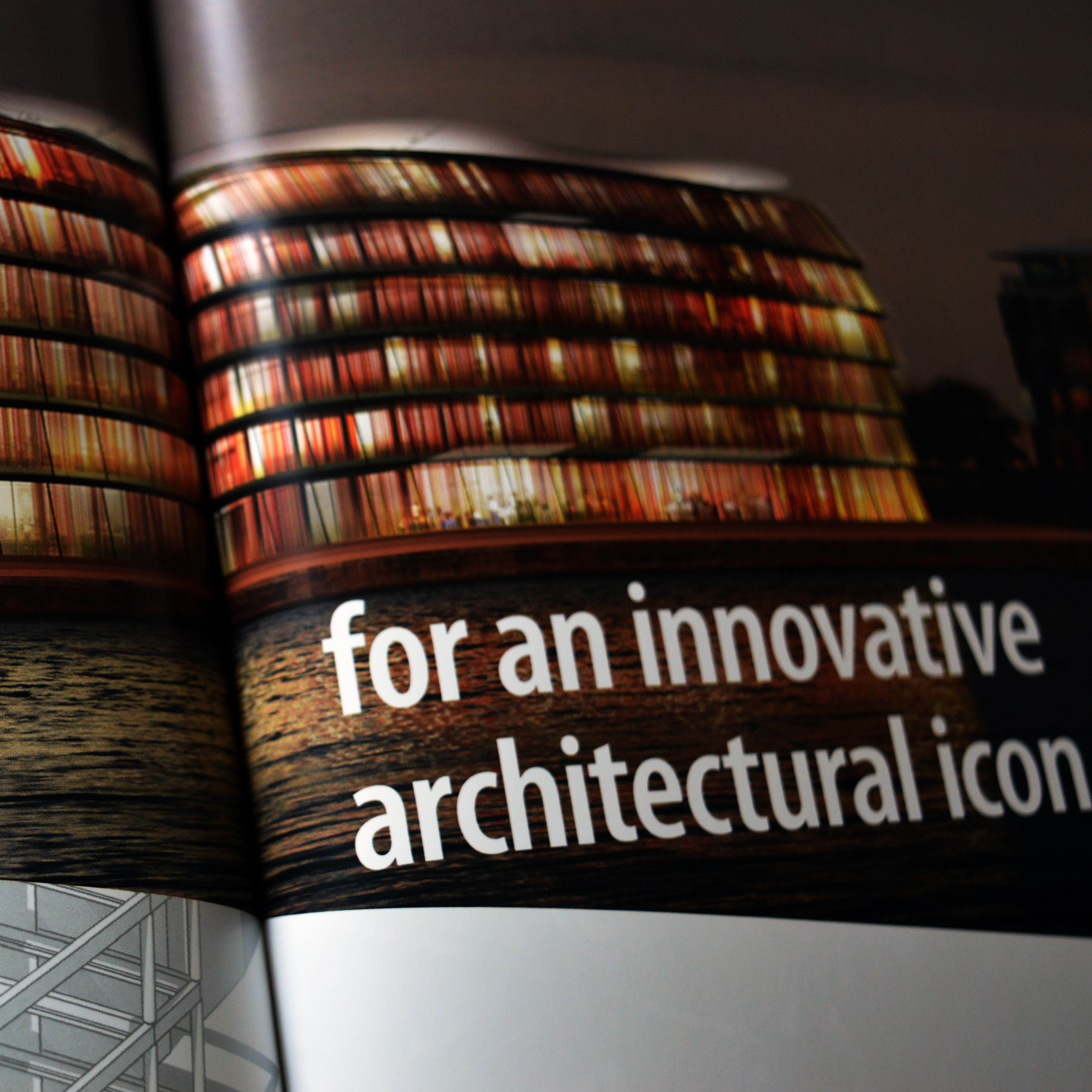
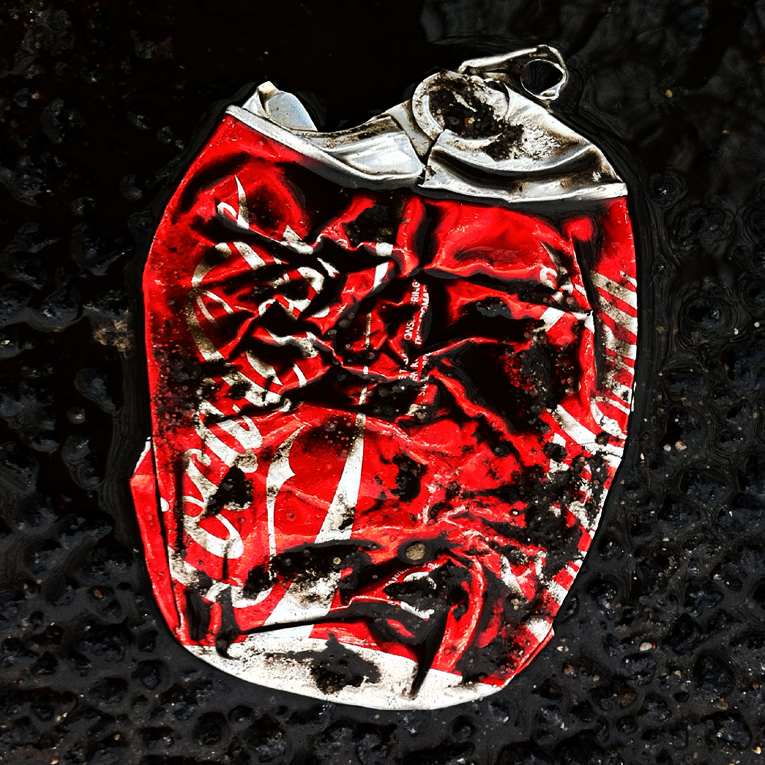
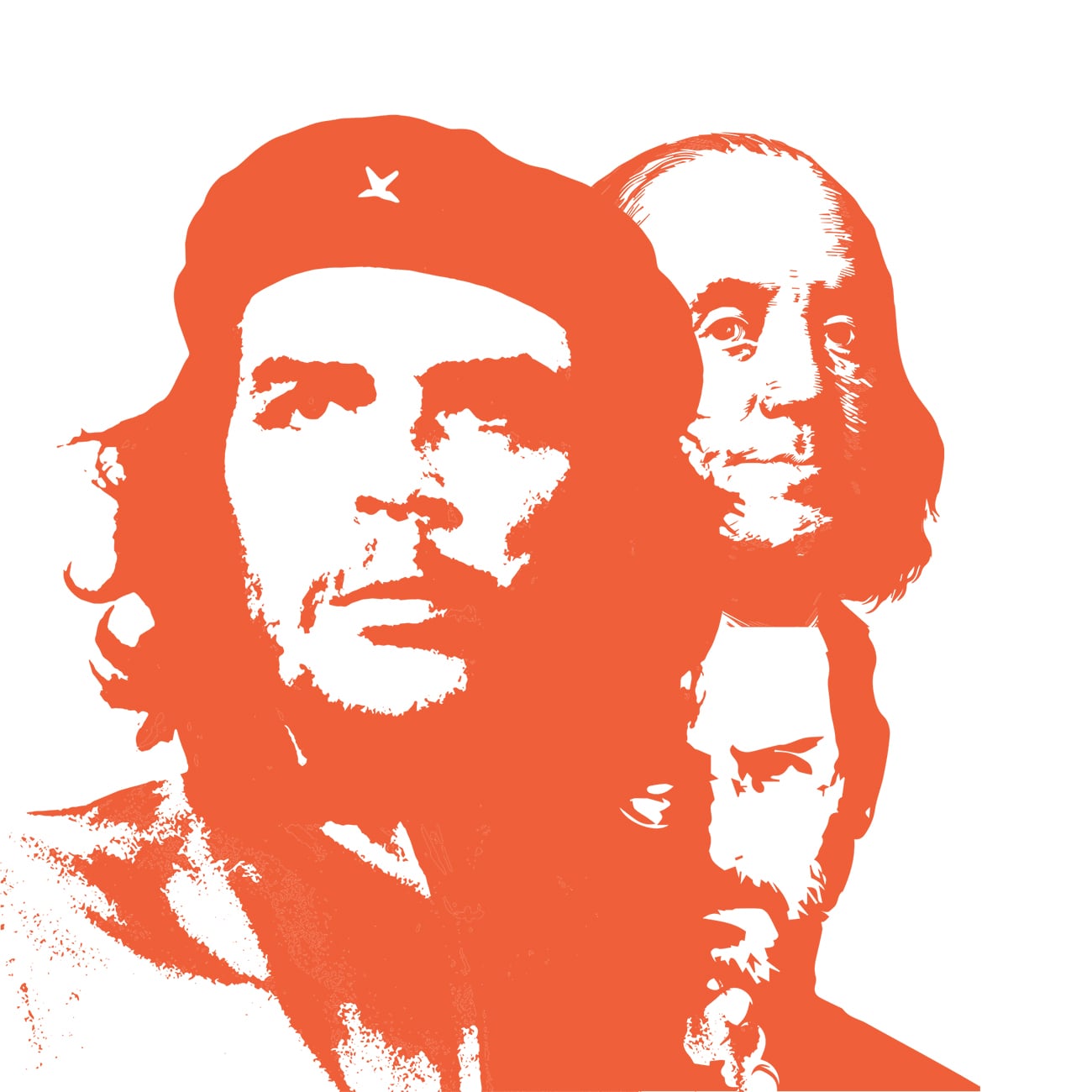








The only stand-out brands are those instantly perceived as different.
The rest are glued to the shadows, the blur of accelerated culture.
Brand strategy, brand research and brand development.
We help define, articulate and communicate your uniqueness
And we do it in no time.
Get your core messaging and positioning lined up. Brand as starting point, not afterthought.
Drive home your difference, disrupt the category, gain traction, and steal long-term market share.
Ambitious maverick brands need to bend and break the rules in order to test the limits, fast.
To stand out, they need cohesive narratives, developed rapidly at the cross-section where stories, facts and emotions overlap.
This rich creative territory is where our teams and clients create the best work.
We don’t waste time on theoretical waffle or employ slow-motion tactics to clock up the billing hours.
We marry brand discovery and brand communication to propel pioneers forward quickly. That's it.
We're different that way.
Shorter time-to-market and stronger bottom line results.
Our fresh and unorthodox approach draws from a distributed network of independent professionals.
Our teams are built to match disruptive businesses and to help them overcome their unique challenges - at speed, and on time.
Adaptable, distributed teams, built for an accelerated culture.
Cherish the maverick
Most business or creative breakthroughs come from lateral thinking and unorthodox players. Make room for heresy.
Get better, not bigger
Bigness doesn’t lead to greatness, size is not a strategy, and growth at all costs comes at too high a price.
Difference matters
Diversity and inclusion are good for business and good for the soul. Bigotry is good for nothing.
Outcomes before billable hours
Smart businesses focus on outcomes and the value they create – not the time that goes into it.
Neil Hester formed The Spur to meet the demand for fast and effective branding services tailored to new and emergent challenger brands.
A seasoned veteran within brand communications, Neil's work has spanned small ambitious startups, SMEs, and global brands such as BMW, LEGO and Bosch.
Neil was born and raised in London, educated in Michigan, and spent 14 years in East Berlin before moving to Strynø in 2004.
Now based in central Copenhagen, Neil has five children with his wife Signe Schlichtkrull, a Danish author.


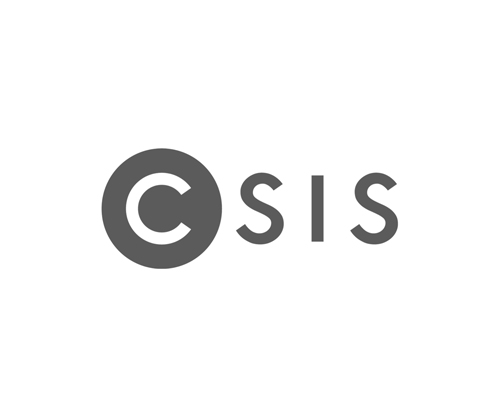
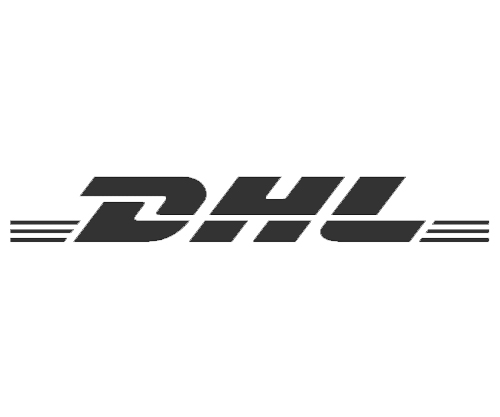


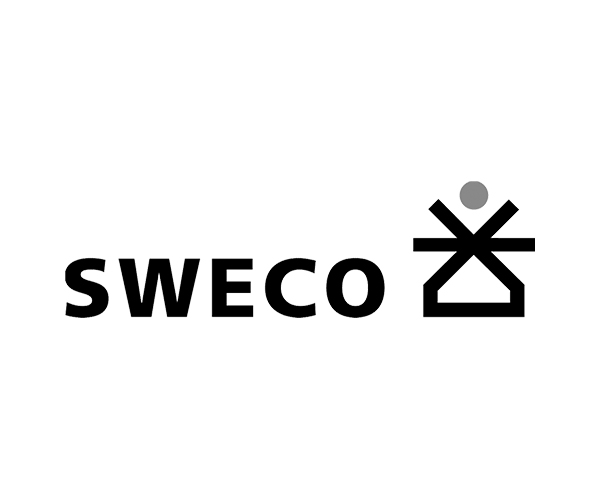



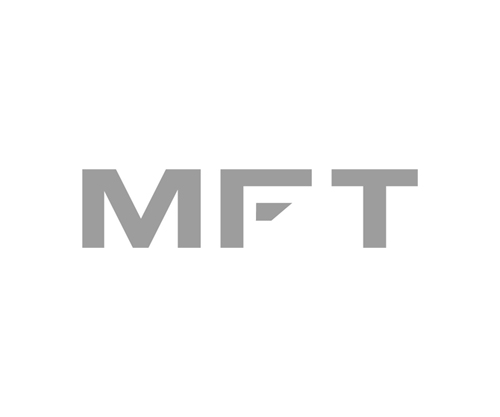




There are only 2 successful go-to-market strategies. If you fail to choose one of them, you’ve chosen to be average.
For building a successful business, understanding the difference between branding and marketing makes all the difference.
Perception drives behaviour, which in turn, drives performance. Here are the top 10 returns you’ll get from your branding investment.
Brands today make a fast and sticky impression, or are instantly forgottten. We're talking seconds, not minutes.
The top 5 reasons to conduct a brand audit, and the top 5 benefits of getting an outside-in view of your brand.
We accelerate new, emergent and challenger brands by quickly nailing down their essence and difference.
To make sure your brand is positioned for maximum differentiation, we use research to uncover
We then use collaborative discovery sprints to articulate
The result provides marketing teams with a script from which to create a unique category of one.
Yours.
A brand is the way an organisation is perceived by those who experience it. Simply put, brands are perceptions.
Positioning (the foundation of branding) is the place that your brand occupies in the minds of your audience in relation to your competitors.
Paradoxically, you don't own your brand, yet it's your company's most valuable asset.
We help you shape the perception of your brand.

Understand your audience. Understand your competitors. Position your brand to optimise your Marketing ROI.
We look at you, your audience and your competitors to ground your brand strategy in reality.
We help your audience make a simple 50-50 choice - between you, or the rest of the competition.
We help your audience understand immediately your unique and ongoing value.
We provide the script for anybody communicating on behalf of your brand.
If you haven’t done it already, we help you fine-tune and articulate your vision, mission and values.
We short-circuit the connection with your audience through a razor-sharp one-liner.
We make sure that everybody who comes across your brand hears one consistent voice.
There are only 2 successful go-to-market strategies. If you fail to choose one of them, you’ve chosen to be average.
For building a successful business, understanding the difference between branding and marketing makes all the difference.
Perception drives behaviour, which in turn, drives performance. Here are the top 10 returns you’ll get from your branding investment.
By focusing relentlessly on radical differentiation, we cut through the blur of accelerated culture.
We engineer both visuals and verbals to make your brand snap, crackle and pop in the minds of your international audience.
Brand acceleration that quickens the pulse.
We deepen the connection between your audience and your unique brand personality.
We combine visual identity and your core messaging to create your brand operating manual.
We help you manage and measure your brand by asking your audience to score you while you’re out of the room.
Messaging hierarchies and style guidlines to help communicators strengthen your brand.
Native English cultural vocabulary that makes it easy for international audiences to connect with your brand.
Market and customer research, content strategy, planning and content creation aligned with your brand.
We guide audiences through your key messages to the clear, concise content they need.
We craft intelligent advertising that resonates with audiences and cements brand recognition.
The top 5 reasons to conduct a brand audit, and the top 5 benefits of getting an outside-in view of your brand.
Brands today make a fast and sticky impression, or are instantly forgottten. We're talking seconds, not minutes.
For building a successful business, understanding the difference between branding and marketing makes all the difference.
Introduction
The Spur doesn’t make money from ads, so we don’t collect data in order to advertise to you.
The tracking we do at The Spur is to make our product work as well as possible.
When you visit our website, information about you is collected that is used to customise and improve our content displayed on the page. If you do not wish that information is collected, you should delete your cookies and avoid further use of the site.
Cookies
The website uses "cookies", which is a text file that is stored on your computer, mobile or similar for the purpose of recognising it, remembering settings and performing statistics. Cookies cannot contain malicious code such as viruses. You may delete or block cookies.
If you delete or block cookies, you may risk that the site is not working properly and that there is content you cannot access.
General personal information
We collect and process the following categories of general personal information about you:
Sources
We only collect information directly from you through the use of our website.
Security
We have taken the necessary technical and organisational measures against the fact that your information is accidentally or illegally deleted, published, lost, impaired or comes to the knowledge of a person, misused or otherwise treated in violation of the law.
Purpose
The information we collect is used for:
Retention period
The information is kept for the time allowed by law and we delete them when they are no longer required or we are asked by the data owner. The retention period depends on the nature of the information and the purpose for storage.
Disclosure of information
We use a number of third parties to store and process data. These only deal with information on our behalf and information may not be used for their own purposes. Disclosure of personal information such as name and e-mail, etc. will only happen if you consent to it. We only use data processors in the EU or in countries that can provide your information with adequate protection (e.g. protected by privacy shield). Below are the third parties we use.
Insights and complaints
You are entitled to know what personal information we are processing about you. You may also object to the use of information at any time. You may also revoke your consent to processing information about you. If the information processed about you is incorrect, you are entitled to have the information corrected or deleted. You are entitled to receive the personal information you have provided in a structured, commonly used machine-readable format.
Please contact: info@thespur.dk. If you would like to complain about our processing of your personal information, you also have the opportunity to contact the Data Authorities.
Publisher
This website is owned and published by:
Neil Hester, Virginiavej 2A, 4tv, 2000 Frederiksberg, Denmark.
Phone: +4560115506
Email: info@thespur.dk
CVR: 31408725.
There are no coincidences
and there are no accidents.
Nothing happens unless
someone wills it to happen.
William S. Burroughs
There are only 2 successful go-to-market strategies. If you don’t choose one of them, you’ve chosen to be average.
The vast majority of brands fail to position themselves in their market at all. By default, they end up occupying the middle ground and end up as average, i.e. perceived as mediocre or generic brands. Adrift in the Sea of Sameness.
The most interesting and most consistently successful brands choose to position themselves as either the low-cost leader in their category, or as their category’s exclusive, highly-differentiated brand. They occupy the extreme ends of the bell curve, below.

Low cost leaders do 3 things in particular:
1. they have a systematic understanding of costs and cost drivers within their category
2. they focus relentlessly on reducing their costs, and
3. they make it easy for buyers to compare them with competitors, because they possess the cost advantage.
Differentiated brands do 3 completely different things in particular:
1. they have a deep and holistic understanding of their market and customers
2. they focus relentlessly on positioning and brand building, and
3. they make comparison with competitors difficult by being radically different.
Why is this important?
In a word, margins.
By looking at which brands enjoy the highest margins, we can see that the bell curve becomes inverted.

Not surprisingly, average brands tend to experience the lowest margins. They have failed to identify a valuable position in their category, or find themselves in a mature, homogeneous category where competition defaults to price. In the minds of their audiences, they are practically nowhere.
Brands at either end of the bell curve – the low cost leaders and the differentiated brands – enjoy much higher margins. In the minds of their audiences, these brands occupy a space that is more relevant and more valuable. They are positioned for higher margins.
Where would you like to be positioned in the minds of your audience?
Branding and marketing are two very different concepts.
For building a successful business, understanding the difference between branding and marketing makes all the difference.
Let’s start with some broad definitions:
Branding first, then marketing.
Marketing is certainly an essential tool for building product awareness, gaining new customers and meeting important sales goals.
But in order to send consistent and relevant messages, marketing needs a strong brand on which to stand, and a set of consistent messages and themes to amplify.
It’s next to impossible to successfully market a brand you haven’t fully articulated. So before developing marketing methods, tools, and tactics, it is crucial to define who you are as a brand:
The long-term value of branding
Over a longer period of time, brand value accrues, and is greater than the value generated by marketing-driven sales activation. Brand-building activity drives significantly stronger sales growth than the temporary spikes caused by short-term marketing initiatives.
Many professionals focus solely on the immediate attribution of marketing activation, and fail to balance that by appreciating the longer-term view that is central to branding’s ROI.
The result is what many have dubbed short-termism, a dangerous mindset that leads to over-investment in inefficient activation, and under-investment in the cumulative value of branding.
Marketing activation and brand building work over different timescales
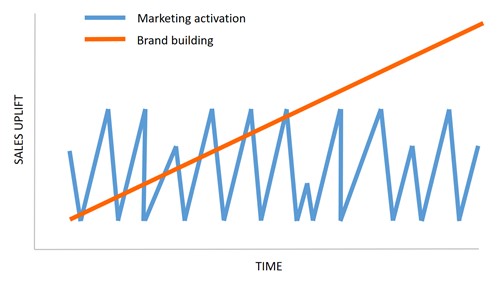
Marketing – shorter-term and tactical
The effects of short-term marketing activation are easy to measure and attribute, because they tend to be immediate, direct and significant, producing larger sales responses than incremental branding initiatives.
Well-conceived marketing activities generate sales now, are tightly targeted, and rely on brand equity to be most effective.
However, marketing activation rarely builds momentum over time, as the effect quickly declines once activation is complete. The result is a series of sales spikes that quickly return to baseline levels.
Branding – longer-term and strategic
The effects of branding on sales are more difficult to measure in the short term because they are smaller in comparison to marketing initiatives. This makes the link between branding and sales harder to establish.
However, the ROI for branding has a cumulative effect, building on ever-increasing levels of brand awareness that decline much more slowly over time than marketing activation.
Well-conceived brand building generates future sales, has broad reach, and reduces price sensitivity.
In the long term, brand-building not only generates brand equity, but is also a better driver of sales growth than repeated marketing activation initiatives.
Strong brands drive commercial value.
They attract more customers, who will pay more, and more often. Customers of strong brands also come at a lower cost-per-acquisition.
Perception > behaviour > performance
Every modern company driving above-average profitable growth invests heavily in building their brand. These companies understand that perception drives behaviour, which in turn drives performance. Your brand truly is your company's most valuable asset. But it requires investment.
Why invest in branding?
The operative word here is investment. Companies suffering from short-termism see branding not as a strategic imperative, but as just another expense in their marketing budget. Ignoring branding in favour of tactical marketing initiatives may work in the short-term, but when you understand how central branding is to influencing behaviour, you see that it’s more than just a short-term tactic.
Branding is a long-term strategy that yields measurable returns throughout the life of your company.
Here are the top 10 returns you’ll get from your branding investment:
Thin-slicing is a term that has been used by psychologists and behavioural economists since the early 1990s, but was popularised in 2005 by Malcolm Gladwell in his book Blink: The Power of Thinking Without Thinking.
Thin-slicing describes our ability to find patterns in events based only on thin slices, or narrow windows, of experience – mental processes that make very quick inferences about the state, characteristics or details of an individual or situation with minimal amounts of information.
Research has shown repeatedly that thin-slice judgements can be extremely accurate and efficient, as well as lasting. Once the preserve of emergency services and military personnel in fast-moving environments, it has become a common practice within our accelerated culture.
What does this have to do with brands?
Well, brands possess personality traits similar to humans, or rather, people associate and assign personality traits to brands, in part based on thin-slicing.
Three aspects of modern, urban culture increasingly make thin-slice judgements the default behaviour when it comes to assessing brands and their relevance.
Is this only a B2C, brick & mortar brand problem?
Most definitely not. Take a look at your website statistics. The majority of visits are probably already via mobile, and over the past 3 years, the proportion of visitors using mobile has increased while visitors using desktops hasn’t.
What should B2B brands be doing?
If digital natives (an increasing proportion of B2B buyers, remember) prefer short bursts of information, B2B brands must stop waffling, and get to the point quickly.
Daniel Kahnemann’s best-selling Thinking, Fast and Slow (2011) is helpful. It describes two different ways the brain forms thoughts. System 1 (fast, automatic, frequent, emotional, stereotypic, and unconscious) and System 2 (slow, effortful, infrequent, logical, calculating, and conscious).
Seduce, then convince
To be successful in an accelerating culture, brands must first ‘seduce’ the instinctive and intuitive part of the brain (System 1).
That requires an understanding of who your audience is, what drives them, and tailored brand messaging that is as concise as possible.
It’s only later – if the brand has managed to engage the audience’s System 1 – that a brand should devote the time and space to ‘convince’ the more reflective part of the brain (System 2).
That requires longer, more descriptive professional brand communication.
A brand audit provides a clear and objective understanding of your brand’s comparative strengths and weaknesses. It also includes recommendations on how to powerfully differentiate your brand from the competition.
A good brand audit should provide a holistic view, not just of the market landscape, but more importantly, the opportunities that exist within it.
Top 5 reasons to conduct a brand audit
Top 5 benefits of conducting a brand audit